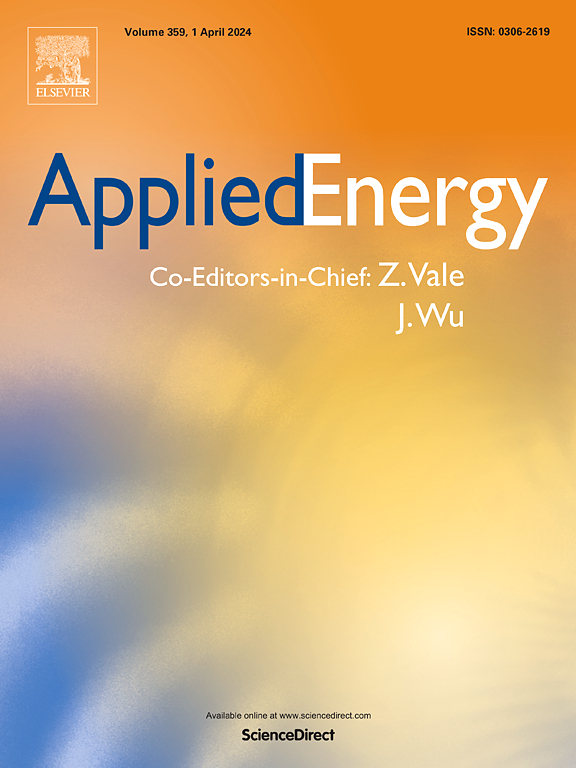Assessing the impact of take-or-pay rates in long-term contracts for hydrogen imports on a decarbonized European energy system under weather variability
IF 10.1
1区 工程技术
Q1 ENERGY & FUELS
引用次数: 0
Abstract
Climate-neutral hydrogen is set to play a crucial role in decarbonizing Europe by 2050. Yet, assumptions on hydrogen imports vary widely across existing studies—ranging from fully flexible to fixed import volumes — often neglecting the modalities of future hydrogen trade such as long-term contracts (LTC). This paper addresses this gap by investigating the implications of Take-or-Pay (TOP) rates in hydrogen LTCs on a decarbonized European energy system. We employ a numerical model that optimizes generation capacity, storage and infrastructure investment, and dispatch decisions for the European power and hydrogen sector in 2050, explicitly incorporating TOP obligations in hydrogen LTCs. Our findings show that varying TOP-rates induce significant shifts in cost-minimal infrastructure requirements of the energy system. These shifts underscore the necessity to account for the degree of import flexibility in planning assessments for future energy systems relying on hydrogen imports. Additionally, we show that reduced import flexibility imposed by high TOP rates is balanced predominantly by increased hydrogen storage and withdrawal capacity while import capacity decreases. By simulating dispatch decisions for 35 weather years for the energy systems planned with representative weather, we find that systems planned with high TOP-rates exhibit a lower reliability when weather characteristics during operation differ from the planning stage.
求助全文
约1分钟内获得全文
求助全文
来源期刊

Applied Energy
工程技术-工程:化工
CiteScore
21.20
自引率
10.70%
发文量
1830
审稿时长
41 days
期刊介绍:
Applied Energy serves as a platform for sharing innovations, research, development, and demonstrations in energy conversion, conservation, and sustainable energy systems. The journal covers topics such as optimal energy resource use, environmental pollutant mitigation, and energy process analysis. It welcomes original papers, review articles, technical notes, and letters to the editor. Authors are encouraged to submit manuscripts that bridge the gap between research, development, and implementation. The journal addresses a wide spectrum of topics, including fossil and renewable energy technologies, energy economics, and environmental impacts. Applied Energy also explores modeling and forecasting, conservation strategies, and the social and economic implications of energy policies, including climate change mitigation. It is complemented by the open-access journal Advances in Applied Energy.
 求助内容:
求助内容: 应助结果提醒方式:
应助结果提醒方式:


